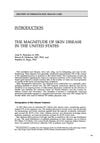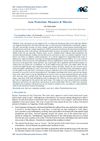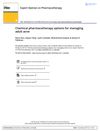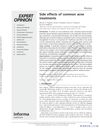Acne and Its Management
November 2013
in “
Pediatrics in Review
”
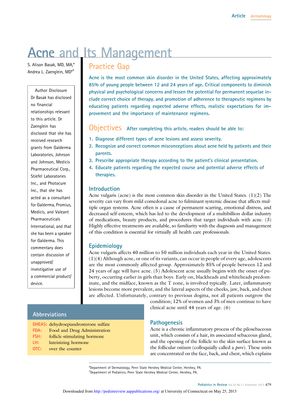
TLDR Acne is a chronic skin condition not caused by poor hygiene or diet, and it requires long-term treatment and patient education.
The document from November 2013 provides a comprehensive overview of acne vulgaris, its causes, psychological impact, and treatment strategies across different age groups. It clarifies that acne is not caused by poor hygiene or diet but is a chronic inflammatory condition influenced by genetic and environmental factors. The paper outlines treatment options for various forms of acne, including topical retinoids, benzoyl peroxide, antibiotics, and oral isotretinoin, while emphasizing the importance of patient education, realistic expectations, and long-term therapy adherence. It also addresses the management of acne in infants and the potential for scarring, the need for a thorough evaluation of acne in mid-childhood, and the use of combination therapies to improve treatment adherence. The document highlights the bactericidal and comedolytic properties of benzoyl peroxide, the effectiveness of topical retinoids, and the serious side effects associated with isotretinoin. It also discusses the role of oral contraceptives in managing acne and the importance of controlled acne before scar treatments. Lastly, it stresses the need for primary care physicians to be knowledgeable about current treatments and the psychological toll of acne on patients. The document does not specify the number of people in any study, as it is a general review of acne management practices.

